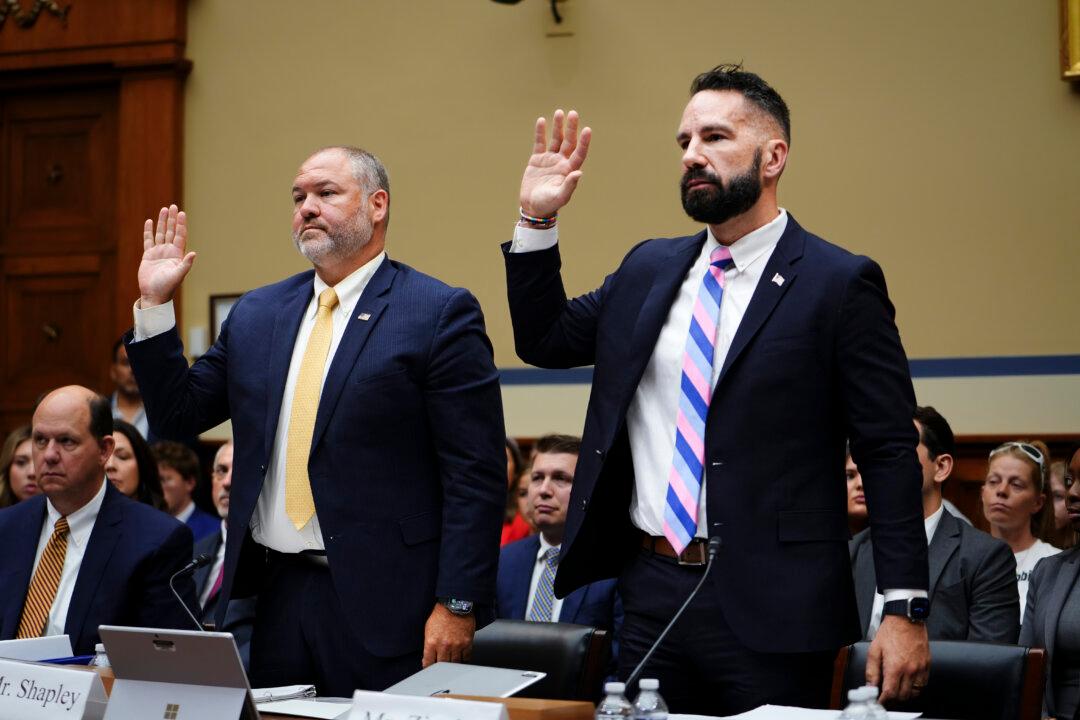News Analysis
Shock waves are still roiling the political universe weeks after a Dec. 8 Wall Street Journal story reported new survey data showing Hispanic voters souring on President Joe Biden and being evenly split between Democrats and Republicans.





